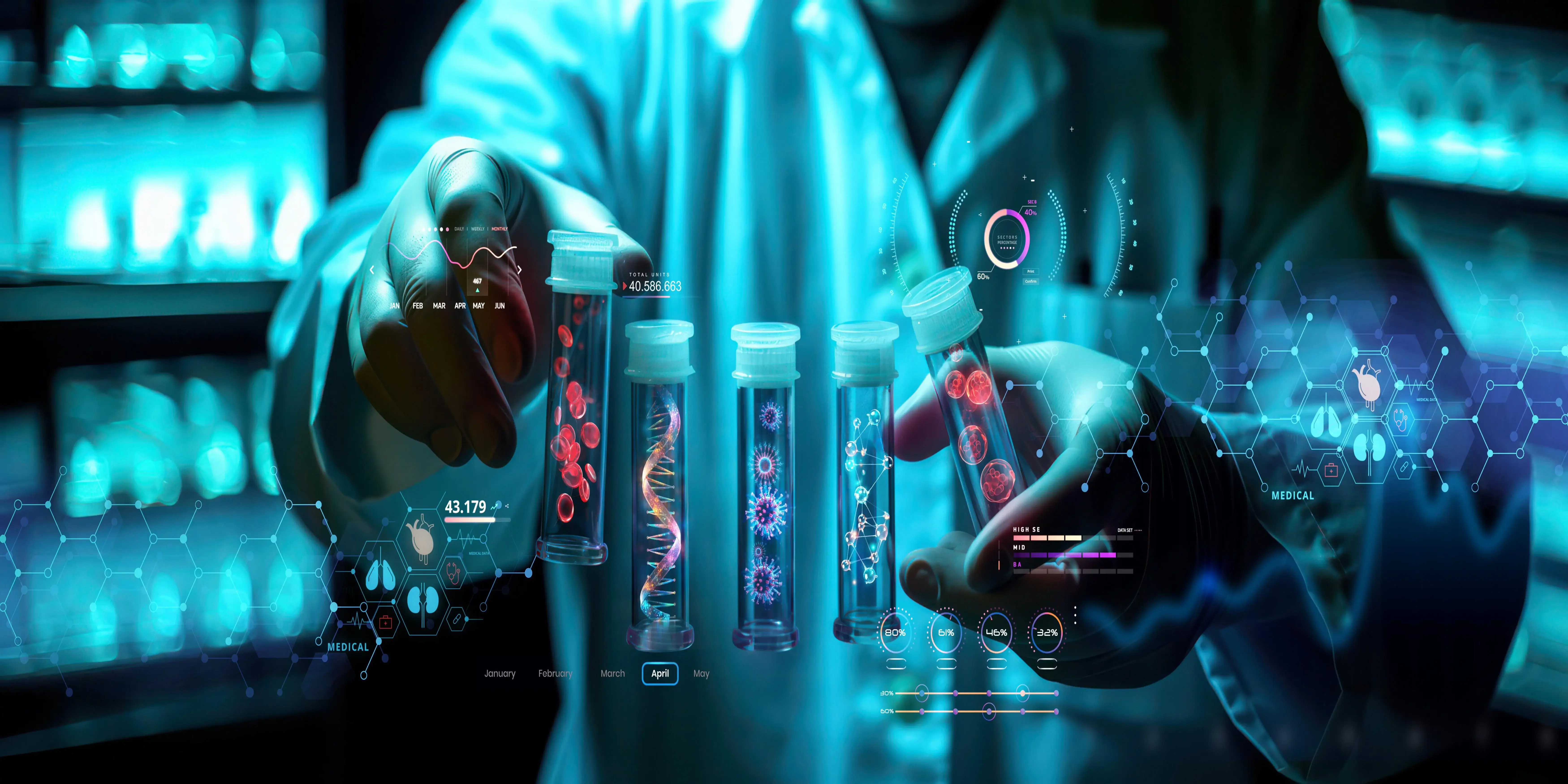Tissue samples happen to be the most material used in medical research and diagnostics mainly because they reflect information about the composition of an organism's biota. Exploration into diseases, the learning of biological processes, and the development of remedial agents for the most part rely on tissue samples in pathology, oncology, and pharmacology. The article presents tissue samples, their varieties, and methods of collection with contributions for furtherance for new medical knowledge.
The Need for Tissue Samples
Diagnostic Use
Histopathology Understanding can be performed in a cycle while arriving at a diagnosis, for example, while examining tissue specimens and diagnoses that include cancer or infections. Only when the pathologists note such cellular, tissue, or organ changes under the microscope that such changes are understood in terms of structure as well as cellular composition. Analysis might be very helpful in an early diagnosis that can eventually lead to prognosis at this stage.
Research and Development
It is a very important tissue sample since it enables a researcher to study diseases at the level of a cell. The drug response, disease progression, and biomarkers help in the early diagnosis of any specific disease. Several diseases are found through the research study and acts as a material source for new treatments.
Biopsy Samples
Biopsy samples are taken from living organisms and are largely used in the determination of many diseases, including cancer. The different biopsy types include needle biopsy, excisional, and incisional biopsies. The location and nature of the tissue which has to be collected determine which biopsy type is the best for use.
Surgical Specimens
Surgical specimens are collected when surgeries are conducted. The specimens may carry rich information related to the progression of cancer and tend to be larger than those obtained in the biopsy. The decisions regarding the further treatment and detection of stages of cancer depend very much on surgical specimens.
Post-Mortem Samples
After a death, post-mortem or autopsy samples are taken in order to examine the cause of death or research illnesses. These samples are very useful for study since they allow scientists to better understand how diseases develop and assess how well therapies work.
Tissue Sample Collection and Preservation
Collection Techniques
Samples can be aspirated through different routes such as surgical excision, core needle biopsy and fine needle aspiration. Of these, one may depend on various factors like the nature of the tissue and the location of the lesion among others that may require a specific volume of tissue. Each of them has merits and demerits. Proper handling during aspiration will ensure no tissue trauma as well as contamination.
Conservation Techniques
Acquired tissue samples must be preserved. In this method, biochemical properties together with cellular morphology are preserved. From the various forms of methods to preserve tissue sample, the others are formulated from specialized media as well as from formalin fixation or freezing. The most common preservative method applied for histopathological examination is the formalin fixation; but it is widely applied towards molecular studies as proteins and nucleic acids are preserved.
Transport and Storage
These tissue samples are meant to be transported in such a manner that they don't decompose. Samples have to be kept at appropriate temperatures while transporting. Ultra-low temperature also proves to be the most fundamental form to store for long terms. That's how samples will always remain viable for submission for analyses.
Analysis of Tissue Samples
Histopathological Analysis
Histopathology is the microscopic study of tissue structure. Histological sections must be prepared, stained, then viewed under the assistance of a microscope. From this preparation, methods for cancer diagnosis and most other diseases rely on for it is from here that pathologists can see abnormal cells and tissues.
Molecular Analysis
Several molecular analysis technologies are now available to assess tissue samples directly for the presence of DNA, RNA or other genetic material: PCR, in situ hybridization and massively parallel sequencing. These will be more relevant for diagnosis and comprehension of mechanisms of disease as well as leading to targeted therapies.
Immunohistochemistry
Antibodies are applied in IHC to identify specific proteins that are expressed in tissue preparations. It is of high importance for cancer research tumor biology and may even provide, in very sensitive tests, cancers to be diagnosed highly sensitively. The results in relation to the quantity of biomarker expression can be carried with the class to make decisions about best therapies that are compatible with the IHC profile
Conclusion
Tissue samples are a very important resource for medical research and diagnostics as they may provide a great deal of information regarding the cause of disease and the efficacy of treatment. Very essential to understand forms, importance, acquisition techniques, and analytical techniques would enhance knowledge of medical sciences to increase them. Though there are challenges and ethical issues associated with it, with further development in the technology and research methodology, the maximum utility of tissue samples may be further provided and would eventually end up in achieving better patient care and outcome.



